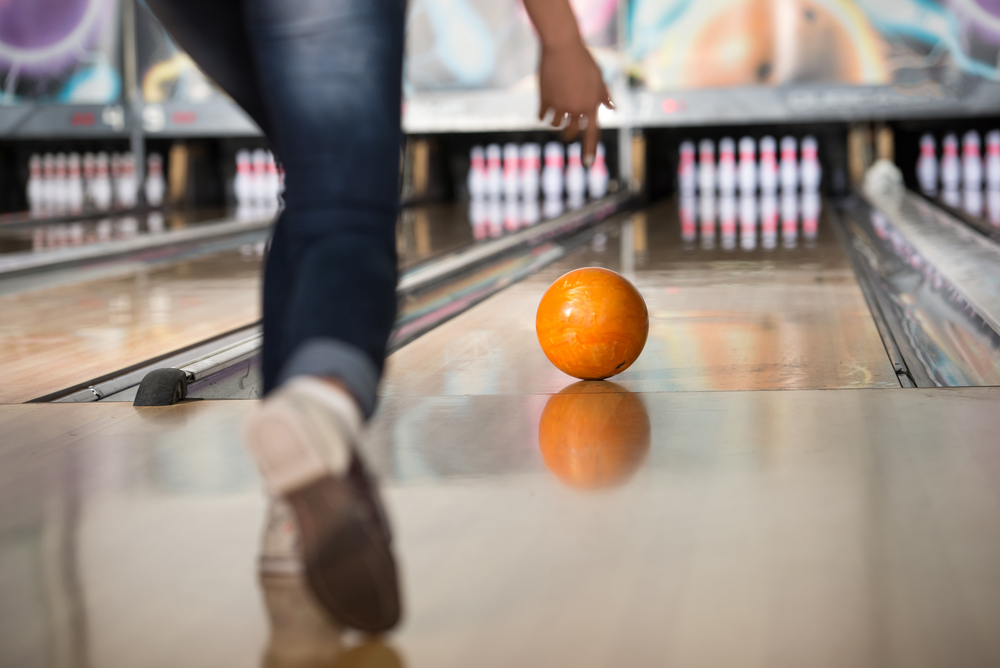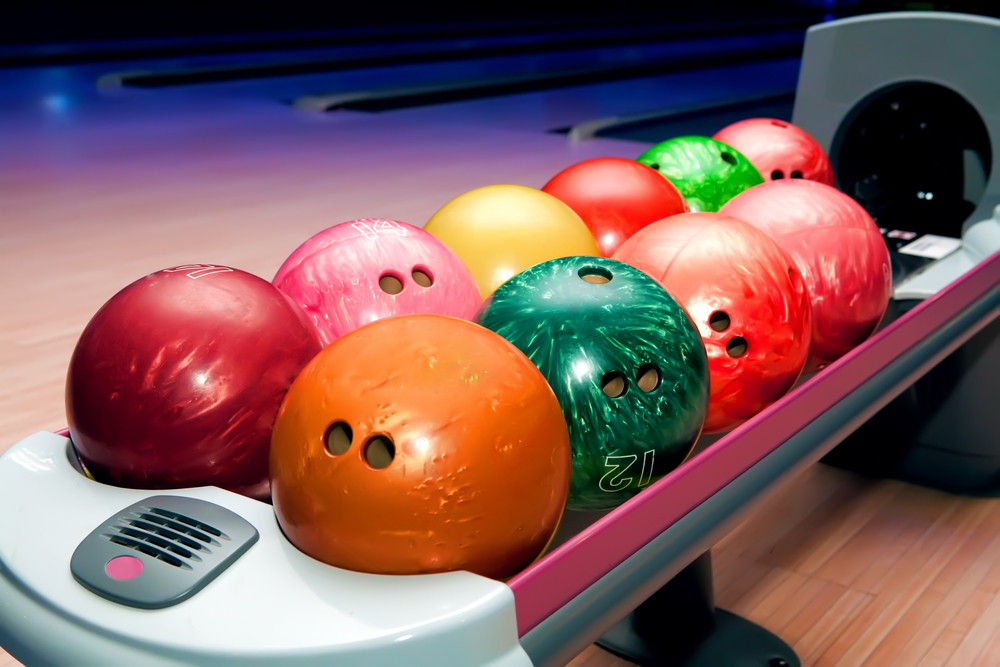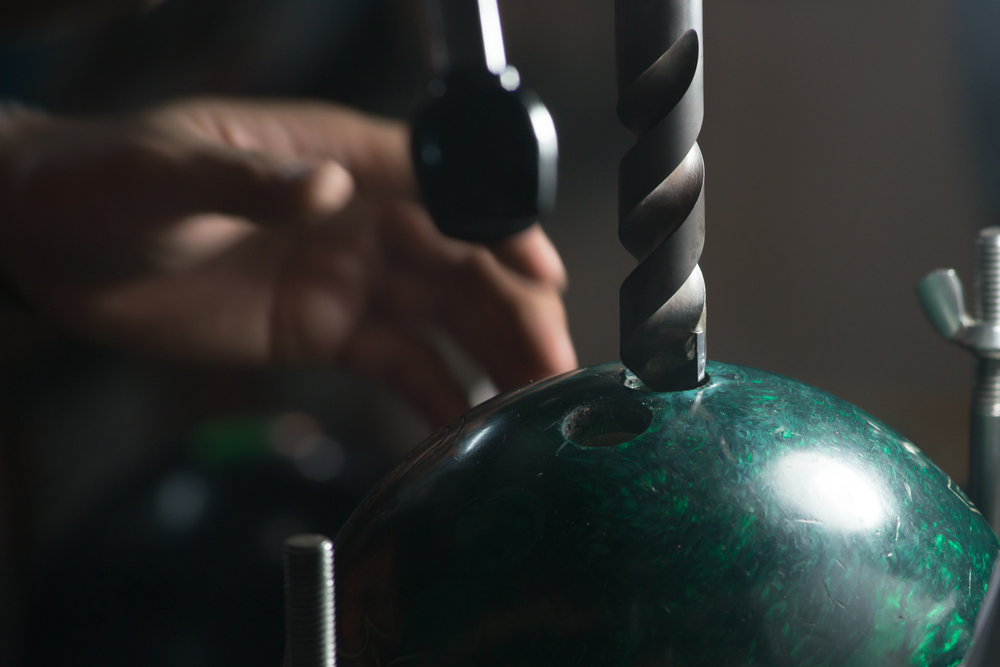Bowling is a sport of fine margins. Even the tiniest change can determine whether or not a pinfalls. Ultimately, it is these fine margins that dictate how bowling matches are won and lost.
But how exactly could a new bowling ball change your game?
Firstly, it’ll bring more stability and control, reduce your chances of injury and muscle fatigue, promote better grip pressure, and fill you with confidence, resulting in improved performance.
Of course, a lot will still depend on your technique. But the right ball could give you a notable advantage, one that a lot of people around you are missing out on.
Here’s our complete guide for how to choose a bowling ball.
Contents
What Factors Matter While Choosing a New Bowling Ball?
When you throw a bowling ball, there are three things that matter the most:
- Your interaction with the ball (grip, control, comfort, technique)
- The ball’s physical features (weight, coverstock, core)
- The ball’s interaction with the lane (hook potential, oil absorption, backend reaction, flare potential rating, RG)
Don’t fret. You don’t have to be overwhelmed by seeing that there are so many factors involved. We’ll detail the simplest way to help you choose a bowling ball that is tailor-made for you. We’ll be focusing on the ball as a whole (weight), what’s on the outside of it (coverstock), what’s on the inside (core), and a few other important metrics, too.
So, let’s get the ball rolling (pun intended).

1. Weight
It’s obvious that there’s no one-size-fits-all kind of scenario in bowling. When it comes to choosing the weight of the ball, it boils down to the person’s comfort and technique. A ball that’s too heavy will increase the likelihood of injuries and disrupt your balance.
On the other, if the ball is too light, your control would suffer, and you could end up looking like that person in the bowling alley who awkwardly slams the ball on the lane and gets all the eyeballs turned to them.
So, the best way to go would be to try throwing a couple of balls in your local bowling alley and assess which ones feels the most comfortable.
The weight of bowling balls typically ranges between 6 to 16 pounds. Given below is an age range guide to save you some time while testing the balls at the alley:
- Adult males: 14 to 16 pounds
- Adult females and seniors: 12 to 14 pounds
- Young bowlers and kids: 6 to 14 pounds
Once you’ve found the right ball, get its weight measured. Add two pounds to that weight, and you’ll get your ideal weight of the ball.
Why did we add two pounds? Because the house balls have large holes so that they fit all the hands. Big holes force your fingers to apply more pressure while gripping.
The ball you’ll get drilled for your fingers won’t have holes as big as the ones you see in the image above. Therefore, a ball drilled for your hand could feel about two pounds lighter.

Use the 10% Rule
Another way to go about the situation would be the popular 10% rule. The rule suggests the ideal ball should be 10% of your weight (up to 16 pounds). But different strokes for different folks, and you don’t have to see this as essential. However, there is a high chance that the weight of the ball you would ultimately pick would be close to the limit suggested by the rule.
2. Coverstock
Coverstock is arguably the most important factor to consider if bowling is more than just a hobby for you. Coverstock decides how your ball would react to different lane conditions, hardness, and oil absorption.
There are three commonly used coverstock materials: polyester (also called plastic), urethane, and reactive resin. Here’s what you need to know about each of them.
A. Polyester/Plastic Balls
Plastic balls are the ideal ones to pick if you’re an entry-level bowler. They’re cheap, and most of the balls that you find in the alleys are plastic balls—which means you’re probably familiar with them.
In terms of reaction to the lane, they work best in dry lane conditions. These balls have very little hook potential and are best suited to players who bowl in a straight line. Their smooth surface results in less friction between the ball and the lane. Not to mention, they’re extremely durable.
So, if you’ve just started out and are bowling casually on weekends, you could begin with these.
B. Urethane Balls
If you know how to hook the ball and plan to take your game to the intermediate or expert level, urethane balls are a fantastic (and cost-effective) option to consider.
Urethane balls have a good hook potential, and they produce friction with oiled lanes (something that you don’t get with plastic balls), thanks to their sanded finish. This means the ball won’t lose its pace while progressing down the lane and will have a decent strike potential.
However, it’s worth noting that urethane balls hook throughout the lane. As such, lanes with greater friction could cause problems in terms of control and accuracy to the bowler.
C. Reactive Resin
These are also urethane balls with a liquid additive (plasticizer), which changes their properties. The additive imparts a bumpy structure to the ball and allows for better oil absorption. Along with that, you get a better entry angle and pin carry.
These balls have been very popular since the ‘90s. Their ability to offer more friction and a late hooking nature makes them more expensive than the other two options. If you’re playing in high oiled conditions, reactive resin balls could give you the best results.
Unlike regular urethane balls, reactive resin balls cut through the oil in the lane (which means they don’t get hooked in the entire lane) and pick up friction at the end of the lane—resulting in a better strike.
As you can sense, different balls are suited to different lane conditions—plastic for dry, urethane for moderately-oiled, and reactive resin for well-oiled lanes.
Reactive resin can be further classified into three more categories: solid, pearl and hybrid.
- Solid covers promote a more consistent and even rolling experience on the lane. In terms of reaction to the lane, balls with solid covers turn out to be the most reactive ones. These balls provide a more aggressive strike potential.
- Pearl covers aren’t known for their reactivity with the lane. They have a decent hook potential and don’t offer a lot of friction. In comparison with the solid cover, they’re easier to control for beginners and intermediate-level players. Their curling action isn’t as sharp as the solid cover.
- Hybrid covers offer a combination of both covers on either side of the ball. In terms of interaction with the lane, oil absorption, and strike potential, they lie between solid and pearl covers.
If you’re participating in a lot of tournaments, the best advice would be to have at least a urethane ball and a solid reactive resin ball in your arsenal. Having multiple ball options would allow you to choose balls that suit the given lane conditions.
3. Core
Now, let’s go into the inside of the ball. The weight of the ball comes from the heavy material that sits inside the outer covering. With the geometry of its weight distribution, a core decides the momentum of the ball on the lane.
A lot of people call the core “the engine of the ball”, and you’ll soon learn how crucial the core of a ball is. There are three common types of core.
A. Pancake Cores
These are mostly found in the entry-level urethane and reactive resin balls and polyester balls. These cores easily go down the lane and don’t require a lot of skill in throwing technique. Pancake core balls usually go straight and provide a smooth rolling motion on the lane.
B. Symmetrical Cores
There isn’t a massive difference that symmetrical cores provide in contrast to pancake cores. But their motion is the most balanced among all the core shapes available, and they offer a medium or high (in some cases) hook potential. As said earlier, since the geometry of the core is even, therefore the rolling motion it provides is also even.
These cores are suited to dry lane conditions. Most of the symmetrical cores could be seen in the shape of a conventional light bulb.
C. Asymmetrical Cores
Since the weight isn’t evenly distributed inside the balls with asymmetrical cores, they tend to provide an uneven rolling motion as the ball constantly tries to return to its most stable state throughout the movement. So, the motion of the ball is a combination of fast and slow.
The shape of these cores provides a more aggressive hook to the ball as compared to the symmetrical cores. They also have higher skid distances.
But it must be noted that asymmetrical cores are suited to professionals who are well versed in the throwing techniques that are used to make the best utilization of these cores. As the trajectory of the ball is angular in motion, these cores offer a sharp curling effect.
4. Holes

A ball tailored to your hands gives you the best possible control, and that’s why it’s always a great idea to get the holes drilled for your fingers. You could either drill them yourself or go to your local shop to get it done. However, our advice would be to pick the latter if you’re doing it for the first time.
The person working in the shop would analyze your throwing technique, fingers, and hand-span, and probably make you throw a couple of balls to get the best possible result. That’s something you can’t get by doing yourself.
Now, there are two grip options:
- Conventional Grip: In this grip, your middle and ring finger go down to the second knuckle, and the thumb goes all the way into the ball.
- Fingertip Grip: In this grip, your middle and ring finger go down to the first knuckle.
In the case of fingertip grips, it is advised to go with the inserts.
How Do Inserts Help?
Inserts allow your thumb to create an extra rotation and power with better ease. However, bear in mind that inserts require maintenance, care, and time-to-time replacements. So getting them is more a matter of choice than a necessity.
5. Hook Potential
In addition to the factors explored above, when choosing a bowling bowl, it’s also important to consider the likely hook potential. Hook potential is a word that’s thrown around a lot in the bowling centres. As the name suggests, it’s the measure of the potential of the ball to hook following the skid motion.
It’s also called differential of RG or just “differential”. It’s decided by two metrics, radius of gyration (RG) and flare potential.
Radius of Gyration
Radius of gyration tells you where the weight of the ball is concentrated. RG rating reflects whether the core is a centre heavy or has its weight concentrated at the surface of the ball.
The best example we know to understand the concept is the swinging motion of an ice skater. When they extend their arms, they can’t swing as fast as they do when their arms are brought closer to the body.
When you apply this to a bowling ball core, a centre-heavy core with low RG will move faster on the lane as compared to the one high RG—you can see a demo of ball movement in this video. So, you can say balls with high RG are more suited to the dry lanes, while the balls with low RG are suited to the oily ones.
Flare Potential
Flare Potential, on the other hand, is a value that reflects how strong the ball’s backend reaction would be. The higher the rating, the higher the reaction. A ball with flare potential of 6″ or higher will give a strong backend reaction. 4″-5″ is the range for moderate reaction, and the balls with ratings below this give a very mild or insignificant reaction.
6. Absorption Rate
Lastly, another factor that decides the movement of the ball on the lane is the oil absorption rate. Coverstocks have the ability to absorb the oil on the lane. The higher the absorption rate, the more aggressive the ball’s movement on the lane will be.
Final Thoughts
Your experience of bowling will go to another level once you get your hands on a ball that’s created to suit your style and comfort.
Just bear in mind, if you’re buying for the first time, it will take some time to adapt to the new ball. So, be patient with it and keep practicing.
We hope this guide helps you make a better choice and master all the fine margins that call the shots for you on the lane. If you need some further help choosing a bowling bowl, head over to our guide covering the best bowling balls of this year.
